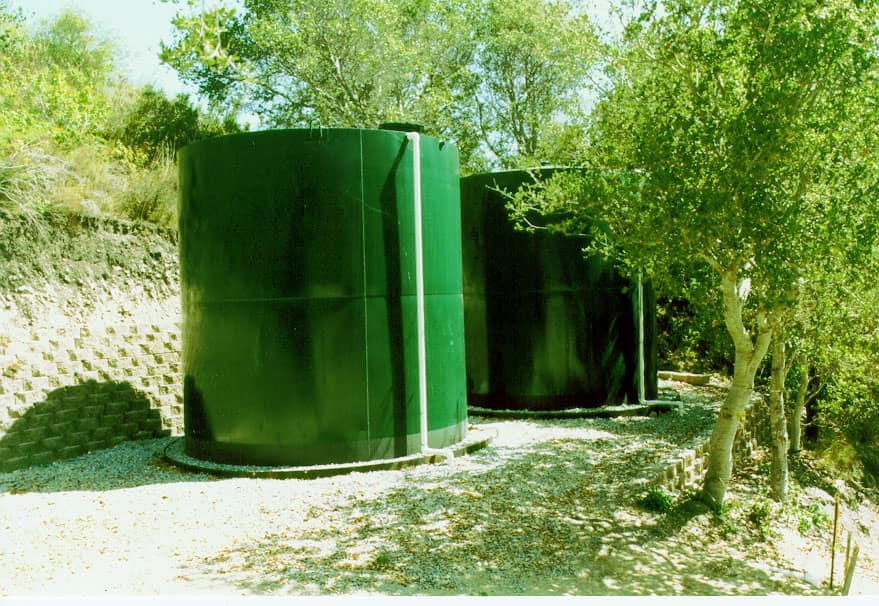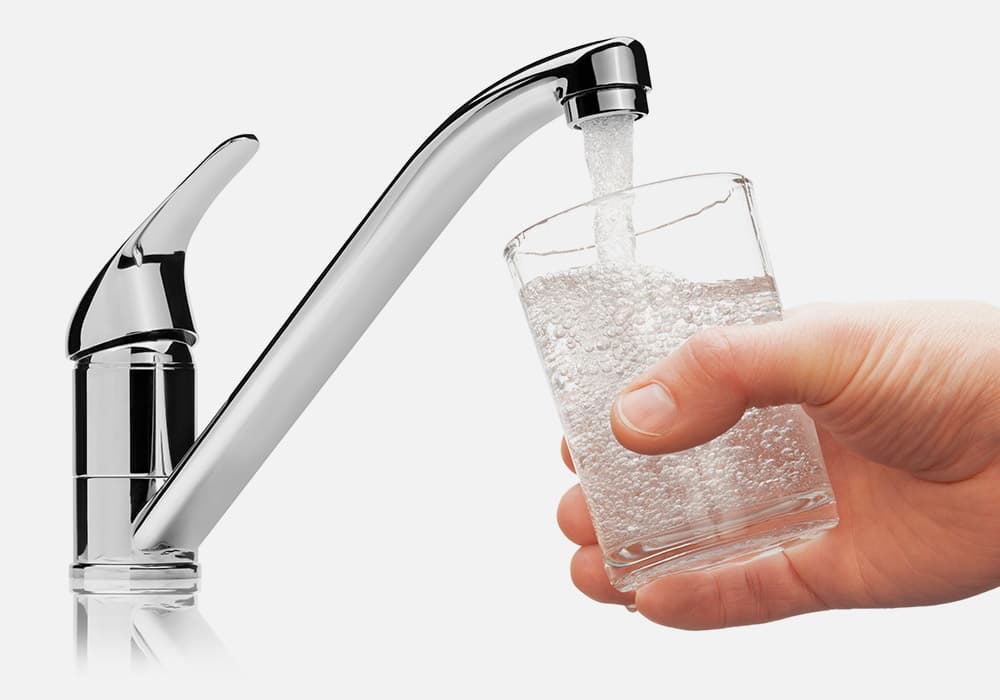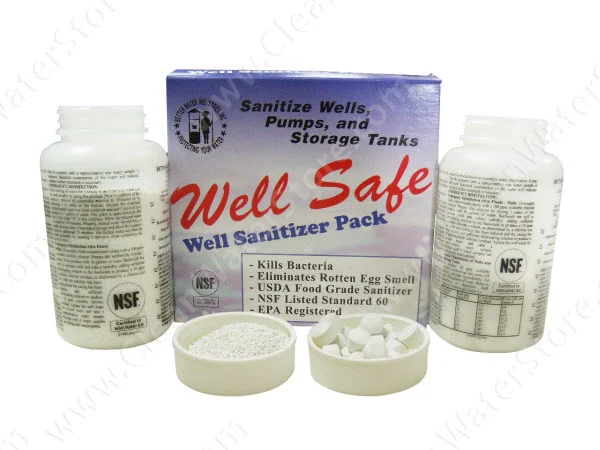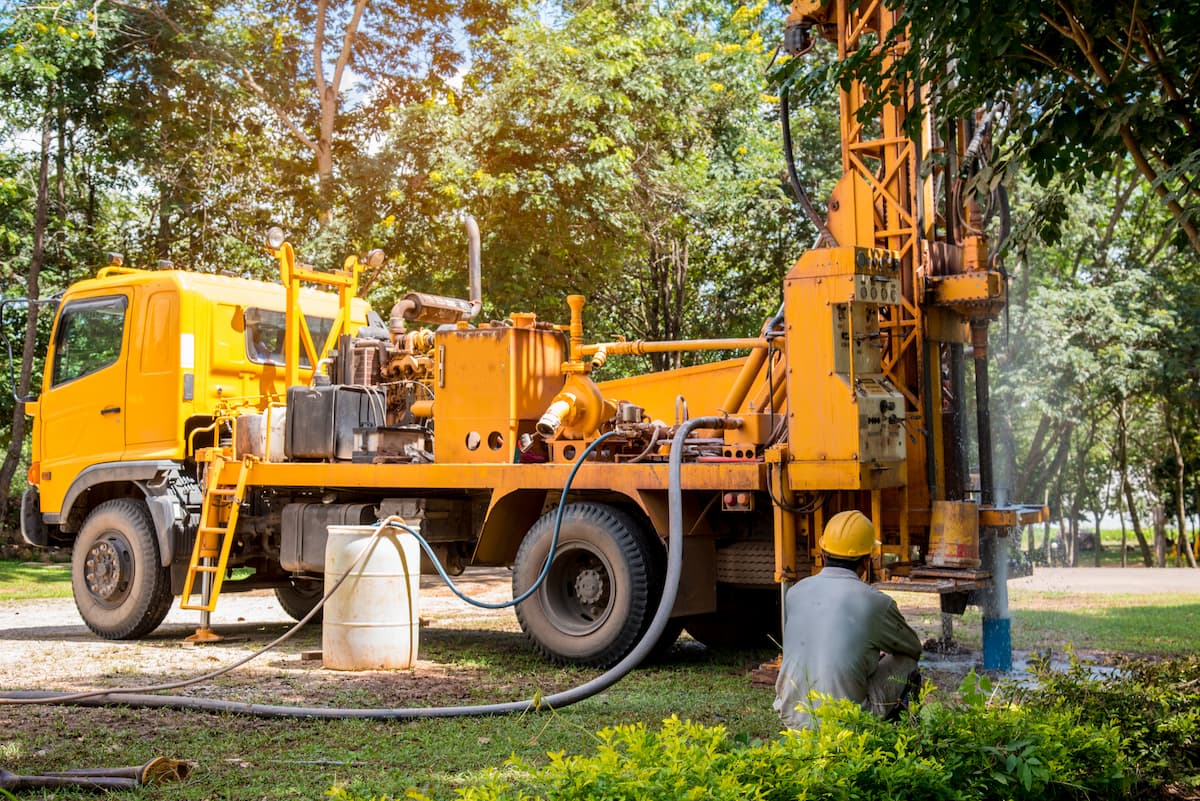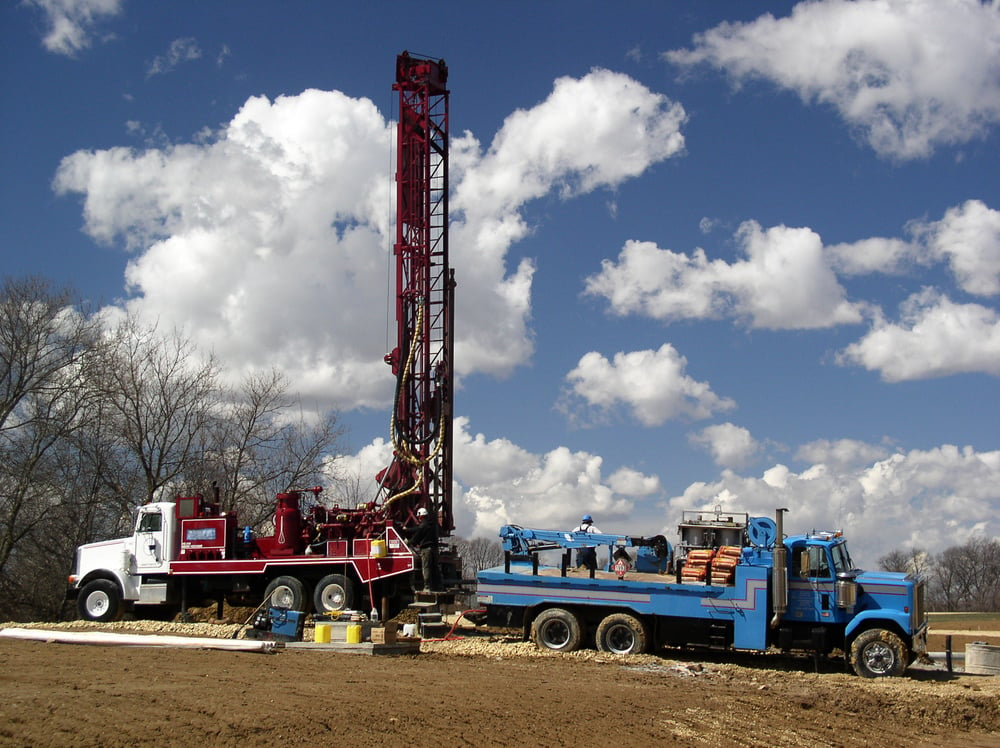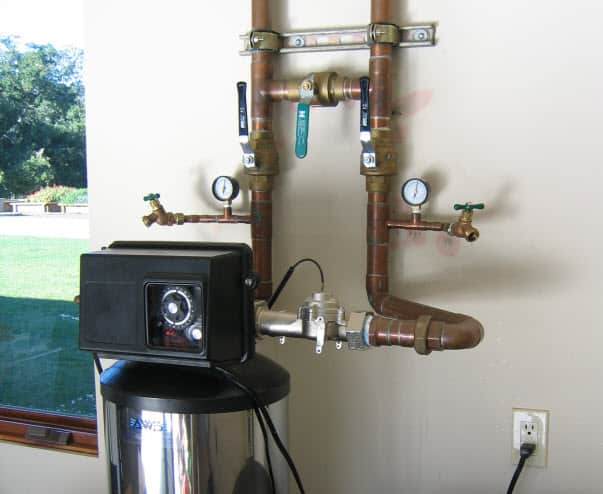7 Things You Must NEVER do with Ozone if you have an ozone water system
7 Things You Must NEVER do with Ozone if you have an ozone water system
We are all familiar with the ozone layer, the protective layer covering the earth that protects us from the sun's harmful UV rays. A good reason it’s called the ‘ozone layer’ is because it contains high concentrations of ozone. What is ozone exactly, and what is its relevance to the odors in your home? In this article, we will discuss ozone and the ozone water system.
Ozone is a pungent gas produced by the interaction of the sun’s UV rays with oxygen molecules, which split into individual oxygen atoms and then recombine to form ozone. As ironic as it may seem, despite its sharp smell, ozone has the power to purify air and water.
If you’re wondering how it works, you can think of chlorine. Both are powerful oxidizers, and both deliver the same benefits. Some of these benefits include the oxidation of metals and disinfection. However, ozone gas works faster, and it leaves no chemical residue in the water, either.
The only glitch with ozone is that it must never be used in a room or area where people can breathe it in. If you are planning to use water with ozone content for household purposes, you are advised to use proper filters. Ozone can be corrosive, so we do not advise using it when you have not installed corrosion-proof pressure tanks. It is also not ideal for copper piping, galvanized piping, and pumps—systems that can be greatly affected by ozone’s corrosive elements. Despite this, ozone is very convenient, especially in treating odors.
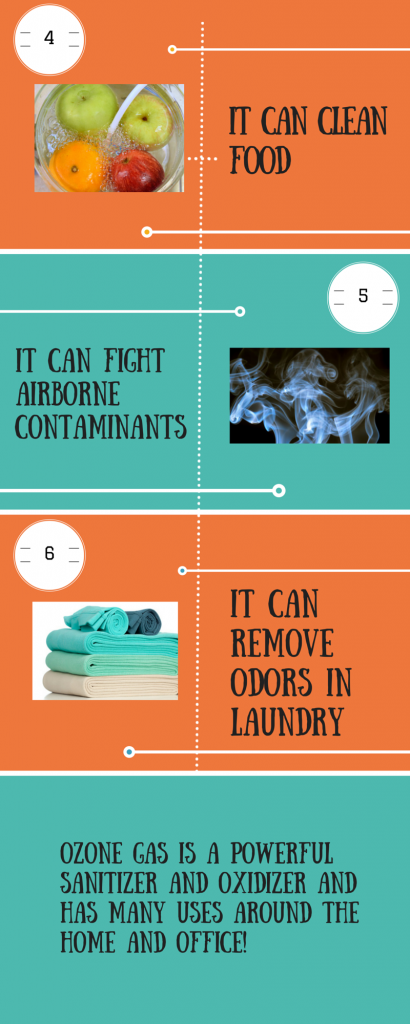
Things you can do with ozone
Things You Can Do With OzoneOzone can have lots of useful functions against odors and contaminants in your home. Some of these include:
- Purifying drinking water can eliminate odors, chlorine, iron, and bacteria.
- Kills bacteria on surfaces—It disinfects kitchen counters and other surfaces by killing bacteria and eliminating odors.
- Kills Bacteria in the Mouth—An ozonated glass of water can be used as a mouthwash to treat oral infections.
- Clean food—When washed with ozonated water, fish, meat, vegetables, and poultry can be free from bacteria and pathogens.
- Fights airborne contaminants—Ozone quickly eliminates odors in your home. It is also effective in eliminating tobacco odors and molds.
- Ozone removes odors in laundry—your laundry can come out completely odor-free with ozone. With its purifying effect, it will also eliminate the need for bleach and decrease the need for detergent.
How can you purify your home with ozone? Some devices can purify the water and air in your home with ozone. For water, you can use ozone filters to treat it directly. Ozone filters can be attached directly to your faucet, making it easy to treat your water. Other products are designed to treat not just a faucet but your entire home.
A recommended product is the Ozone 500-i. It has a device that treats water and includes a negative ion generator within the unit for treating air. Inhaling negative ions has been proven to have impressive health benefits. Air with ample negative ions is known to treat people with asthma and allergies. To top that off, breathing such healthy air also improves mood because it increases the serotonin level in the blood. Researchers conclude that negative ions promote enhanced well-being.
What You SHOULD NOT do with Ozone:
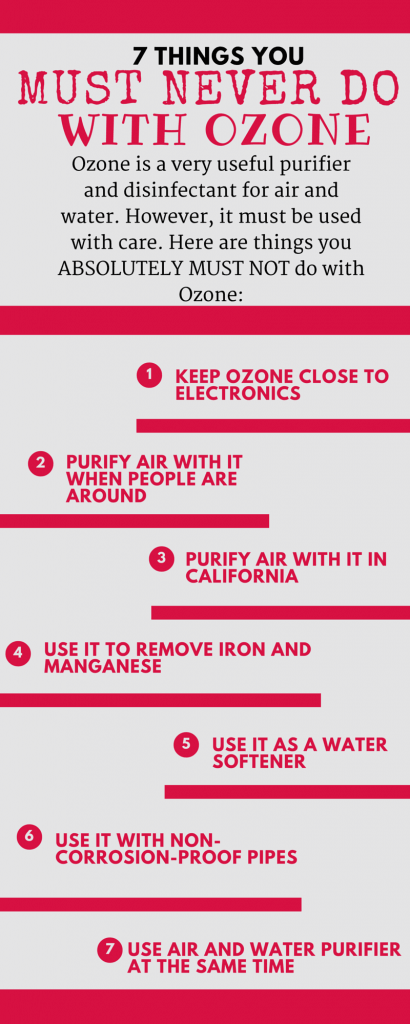
- Keep it close to electronics—When using ozone, keep it a good distance away from electronics and sockets.
- Purify the air when people can inhale it—Ozone is a harmful gas when inhaled, so make sure that no one is around to breathe it in when you use it to purify the air.
- Use it to purify room air in California—despite many people using it to remove odors in California, Californian law prohibits its use as an air purifier.
- Expect it to remove iron and manganese. Ozone does not remove these minerals, but it does change them so that they become easily filtered after treatment. They might also settle at the bottom of the tank after ozonization.
- Use it as a water softener – ozone does not function as a water softener; it does not remove calcium from the water.
- Use with galvanized pipes, copper pipes, mild steel tanks, and other systems that are not corrosion-proof. Ozone is known to be highly corrosive. Pipes exposed to it could leak unless they are designed with special protection against corrosive substances.
- Purify air and water at the same time – In the case of the ozone 500-i, avoid using both the ozone generator and filter for water and the negative ion generator at the same time. They have been fashioned to work only one at a time.
- Overall, ozone’s efficiency in disinfecting has been universally recognized. It works better than other disinfectants and offers many other benefits. As long as you use it properly, as advised, you can enjoy unbelievable disinfection and odor elimination benefits. Ozone can also help you and your family live a healthier life.
For further reading: Ozonation
Understanding Ozone Water Treatment
Ozone water treatment is a natural and highly effective method for purifying water using ozone gas. This powerful oxidizing agent can eliminate bacteria, viruses, and other harmful microorganisms from your water supply. The process begins with the production of ozone gas, typically through corona discharge or ultraviolet light. Once generated, the ozone gas is dissolved into the water, where it reacts with contaminants, breaking them down and eliminating them. This method is widely used in both commercial and residential settings to ensure clean and safe drinking water. Ozone water treatment systems offer a chemical-free solution to water purification, making them an excellent choice for those looking to improve their water quality.
Safety Precautions with Ozone Generators
Using ozone generators requires careful attention to safety to prevent potential hazards. Here are some essential safety precautions to follow:
- Follow the Manufacturer’s Instructions: Always adhere to the manufacturer’s guidelines for safely operating and maintaining your ozone generator.
- Wear Protective Gear: Use gloves and safety glasses to protect yourself from exposure when handling the ozone generator.
- Ensure Good Ventilation: Operate the ozone generator in a well-ventilated area to prevent the accumulation of ozone gas, which can be harmful if inhaled.
- Avoid Inhaling Ozone Gas: Ozone gas can cause respiratory issues, so avoid breathing it in.
- Keep Out of Reach of Children and Pets: Store the ozone generator in a safe place where children and pets cannot access it.
By following these precautions, you can safely and effectively use ozone generators for your water treatment needs.
Common Mistakes to Avoid with Ozone Water Systems
To get the most out of your ozone water system, it’s crucial to avoid common mistakes that can compromise its efficiency and effectiveness. Here are some pitfalls to watch out for:
- Neglecting Maintenance: Proper maintenance of the ozone generator can reduce its performance. Regular cleaning and inspection are essential.
- Ignoring Ozone Concentration Levels: Not monitoring the ozone concentration can result in inadequate water treatment. Always keep an eye on these levels and adjust as necessary.
- Using the Wrong Ozone Generator: Ensure you use the correct ozone generator type for your specific water treatment application.
- Disregarding Manufacturer Instructions: Always follow the manufacturer’s instructions for safely operating and maintaining your ozone generator.
- Not Testing Water Quality Regularly: Regular water quality tests are crucial to ensure your ozone water system is working effectively.
Avoiding these common mistakes will help you maintain an efficient and effective ozone water treatment system.
Maintenance and Upkeep of Ozone Water Systems
Regular maintenance and upkeep are vital to ensure your ozone water system operates at peak efficiency. Here are some tips to keep your system in top shape:
- Clean and Inspect Regularly: Clean and inspect the ozone generator and other system components regularly to prevent buildup and wear.
- Replace Worn-Out Parts: Promptly replace any worn-out or damaged parts to maintain system performance.
- Monitor Ozone Concentration Levels: Monitor the ozone concentration levels and adjust the system as needed to ensure effective water treatment.
- Test Water Quality: Regularly test the water quality to confirm that the system works effectively and provides clean, safe water.
- Follow the Manufacturer’s Instructions: Adhere to the manufacturer’s guidelines for safely operating and maintaining your ozone generator.
By following these maintenance tips, you can ensure that your ozone water system remains efficient and effective, providing you with clean and safe water for years to come.
Frequently Asked Questions (FAQs)
1. Is ozone safe for treating well water?
When used properly, ozone is a highly effective and safe disinfectant for well water. It eliminates bacteria, viruses, and hydrogen sulfide odors without leaving behind chemical residues. However, it must be used with proper filtration and safety precautions to avoid inhalation risks.
2. Does ozone improve water quality better than chlorine?
In many cases, yes. Ozone works faster than chlorine, does not leave a chemical taste or smell, and breaks down into oxygen after use. It’s ideal for water treatment systems focused on water quality without chemical by-products.
3. Can ozone water systems remove iron or manganese from well water?
Ozone does not directly remove iron or manganese but oxidizes them, making it easier for filtration systems to capture these particles. After ozonation, you'll need an appropriate filter (like a manganese dioxide or activated carbon filter).
4. Is an ozone system enough, or do I still need a water softener?
Ozone systems are not water softeners. They do not remove calcium or magnesium from water. A water softener may still be necessary alongside your ozone water treatment system if you have hard water.
5. How often should I maintain my ozone water treatment system?
Routine maintenance depends on your system and water conditions, but most ozone generators should be cleaned and inspected every 3–6 months. Regular water testing and replacing worn parts as needed will keep your water treatment system running efficiently.


